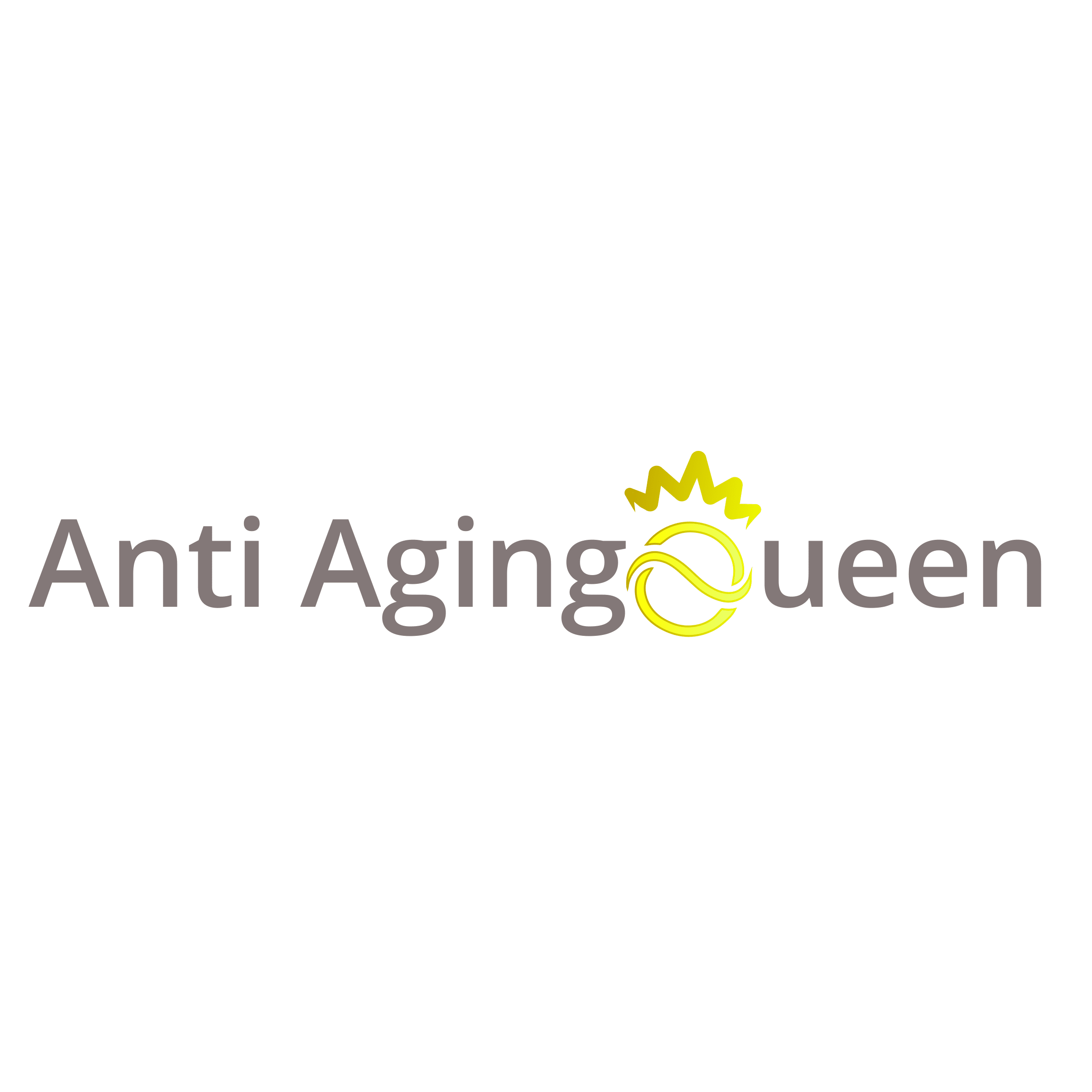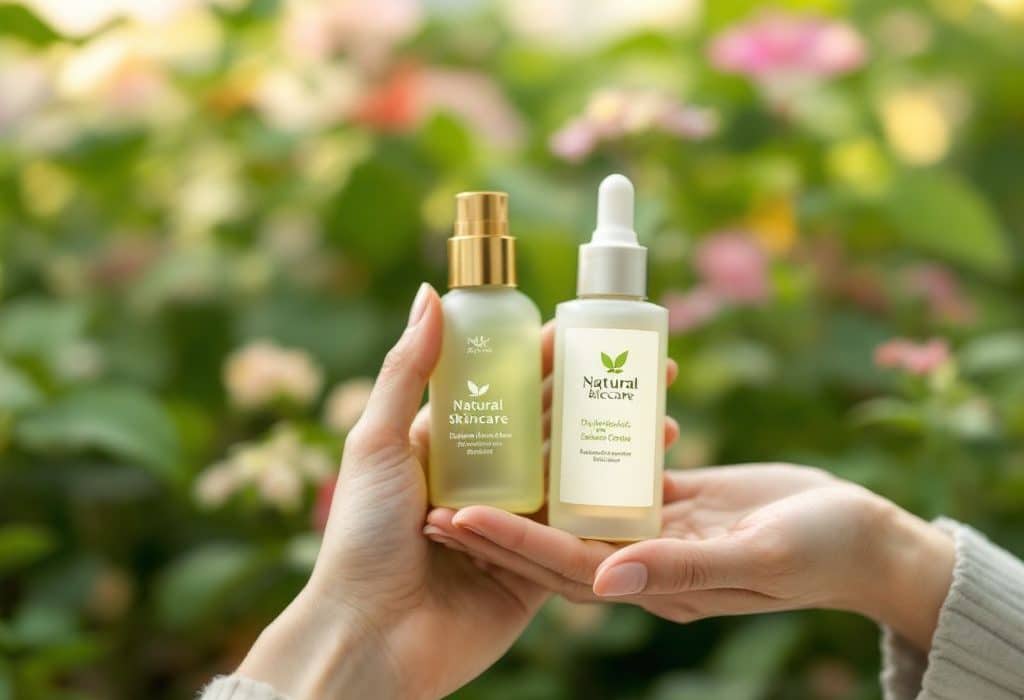In the world of beauty and personal care, the terms “natural” and “clean” are bandied about with little regard for their actual meanings. Consumers clamor for products that promise purity and safety, yet the industry tends to obfuscate these terms, leading to widespread misconceptions. 🌿
As an expert in the beauty industry, I aim to demystify these terms by delving into the complexities behind “natural” and “clean” labels in cosmetics, particularly focusing on a natural face care routine. We’ll explore credible research, case studies, and industry standards to separate fact from fiction, ensuring you make informed choices in your beauty regimen.
Understanding ‘Natural’: What Does It Really Mean?
“Natural” is often associated with wholesome and unaltered ingredients derived from nature. However, the lack of regulatory oversight creates ambiguity. Unlike “organic,” which is strictly regulated, “natural” can be affixed to nearly any product without substantiating claims.
According to the International Organization for Standardization (ISO), the standard ISO 16128 provides technical guidelines for natural and organic products. This standard classifies ingredients based on how closely they approximate their original state found in nature. Yet, companies may interpret or ignore these guidelines differently.
Real-World Applications: What Goes on the Label
Consider a popular skincare brand claiming their moisturizer is 95% natural. What might that mean? 🚿
- Essential Oils vs. Synthetics: Natural products often contain essential oils for fragrance and shelf stability, contrasting with synthetic additives. However, the source and processing of these oils are critical. Steam distillation maintains plant integrity vs. chemical extraction methods that may alter composition.
- Plant-Derived Thickeners: Many moisturizers use guar gum or xanthan gum, both plant-derived, as natural thickeners. Yet, their production involves industrial processes that may strip natural connotations.
Case Study: Burberry Beauty Products

A study published in the *Journal of Cosmetic Science* evaluated “natural” products by Burberry. The investigation revealed that while over 80% of the ingredients were plant-derived, many underwent significant chemical processing, diluting their ‘naturalness.’ Standards such as EOS Certified and NatCert can provide more accountability, encouraging verification beyond surface labels.
‘Clean’ Beauty: A Deeper Dive into its True Essence
“Clean” beauty revolves around the absence of potentially harmful ingredients. It’s a movement galvanized by consumer demand for safety and transparency. Yet what defines “clean” can vary.
Scientific Backing: Safe vs. Non-Toxic
The term “clean” is nebulous at best. A product deemed clean usually indicates it does not contain certain controversial chemicals like parabens, sulfates, and phthalates.
The EWG Standard
The Environmental Working Group (EWG) endorses personal care products that pass their stringent criteria, earning the EWG VERIFIED™ mark. Products with this benchmark are transcribed as clean, essentially free from a list of nearly 1600 problematic substances.
Research Insights: Parabens and Public Perception
Despite public critique, the *Journal of Applied Toxicology* suggests parabens, commonly found in cosmetics, are safe in low concentrations. On the other hand, consumers endorse an aversion toward synthetically produced options, so brands substitute safer options like potassium sorbate.

While clean vs natural ingredients often overlap, understanding the nuances between naturally derived preservatives and synthetic options can inform consumer choice in a natural face care routine.
Standardizing Safety: Regulatory Evaluations and Consumer Advocacy
The cosmetic and personal care industry lacks thorough international regulations for the terms “natural” and “clean.” However, several organizations, like COSMOS-standard in Europe, attempt to regularize these claims.
Industry Best Practices: Navigating the Marketplace
- Ingredient Transparency: Brands like Deciem have adopted full ingredient disclosures for transparency, empowering consumers to educate themselves about what is applied to their skin.
- Certifications and Seals of Approval: COSMOS-certified products must adhere to a globally recognized standard encapsulating organic and natural directives.
Table 1: Chemical vs. Natural Ingredient Differences
| Chemical | Natural Definition | Usage in Products |
|---|---|---|
| Parabens | Synthetic preservative | Mostly replaced due to consumer demand |
| Geraniol | Naturally occurring in oil | Found in creams, possesses natural aroma |
| Sodium Lauryl Sulfate | Synthetic surfactant | Substitute inputs such as lauryl glucoside, a cane-derived alternative |
Consumer Tips: Decoding the Label for a Natural Face Care Routine

- Learn Common Names: Going beyond marketing jargon and gaining ability to research INCI names (International Nomenclature Cosmetic Ingredient) can tremendously elevate understanding.
- Seek Certifications: Trust organizations provide certifications, such as BDIH or COSMOS, which can be invaluable assurance.
- Patch Test Method: Start applying new product samples first onto a small skin area. Natural or synthetic, any ingredient might spark a reaction, urging caution especially with new formulations.
Debunking the Myths: Cleansing with Just Water and Essential Oils 🌟
Myth suggests cleansing your face using only water or essential oils for purity. While water assists in basic cleansing, it’s ineffective at removing oils or makeup emulsified by cleansers containing surfactants papaya extract or olive oil.
The Clean Face Study by Dermatology Clinics 2020 demonstrates that individuals using specialized cleansers benefit optimized skin condition over long term imperceptibly more in contrast to incidental irritations surfactants sometimes induce.
Conclusion: Merging Knowledge and Choice
Navigating the densely populated marketplace is daunting, yet when you cross-reference label claims with standardized criteria and scientific research, the choice becomes clear. Distilling the essence of ‘natural’ ammonia-coagulated processing accuracy or envisioning ‘clean’ safeguarded cosmetics enforcement stakes a considerable effect on informed buying decisions.
Ultimately, an educated consumer understands both terms deliver value — natural products celebrate nature’s bounty while clean advocates by alleviating potential harm through meticulous formulation. 🤝
In an era teeming with options and contrasts, knowledge becomes your genuine ally, assuring trust, comfort, and safety for the beauty of self-care and empowerment.
Frequently Asked Questions
What are the benefits of using a hair mask in my hair care routine?
Using a hair mask can provide several benefits, including hydration, smoothing, strengthening, curl definition, heat protection, and damage repair. Hair masks infuse the hair with moisture, help coat the hair shaft to seal split ends, reduce breakage, and protect the hair from heat styling and environmental damage[1][4].
What ingredients should I look for in a hair mask?
Effective hair masks often include ingredients such as coconut oil, argan oil, shea butter, honey, avocado oil, green tea, and coconut water. These ingredients provide nourishment, moisturize, and protect the hair, offering benefits like softening, moisturizing, and protecting against damage[2][5].
How often should I use a hair mask in my routine?
You should use a hair mask whenever your hair feels dry, unmanageable, or in need of intense hydration. This can vary depending on your hair type and needs, but generally, using a hair mask once or twice a week can help maintain healthy and moisturized hair[1][4].
How do I apply a hair mask for the best results?
To apply a hair mask effectively, shampoo your hair first, then apply the mask, focusing especially on the ends where hair tends to be the most damaged. Leave the mask on for anywhere from 10 minutes to overnight, depending on the type of mask and your hair’s needs[1][4].
References


